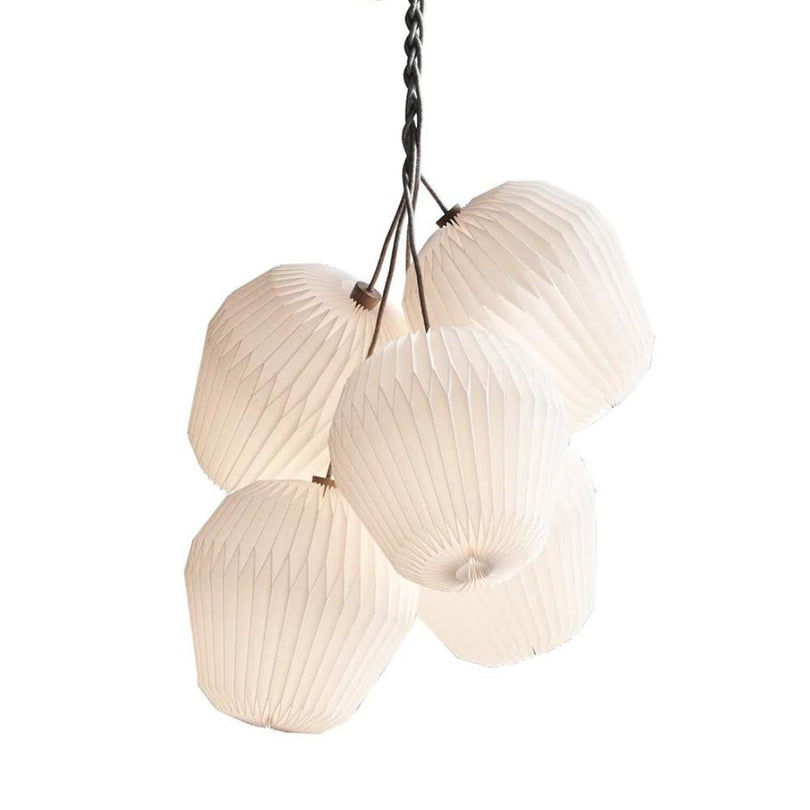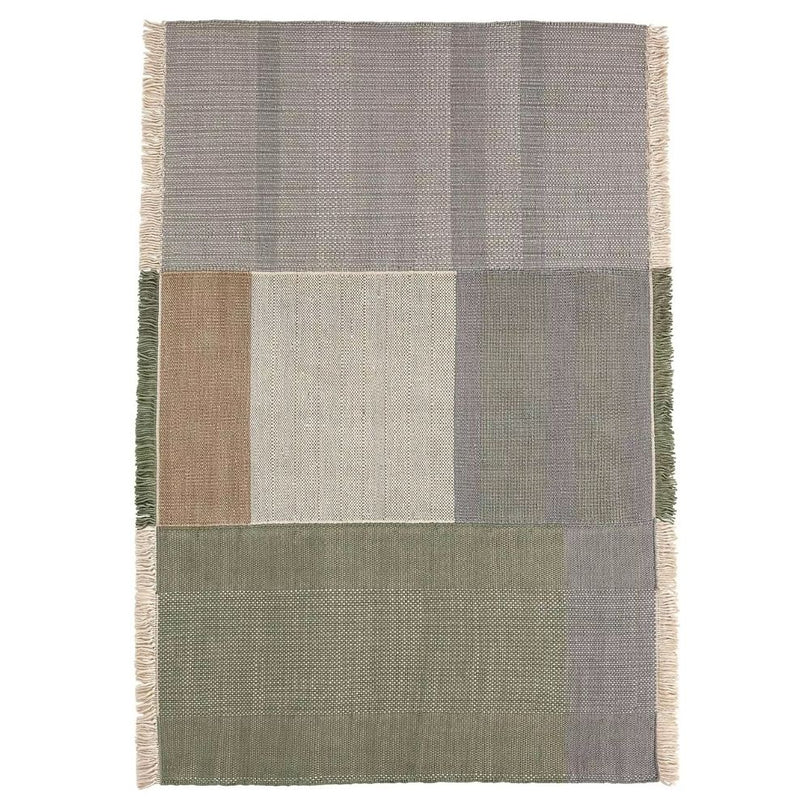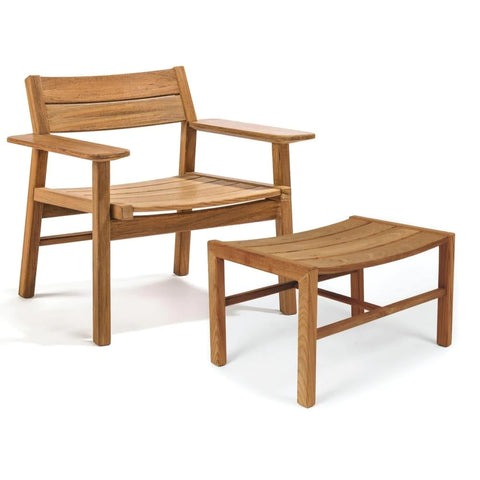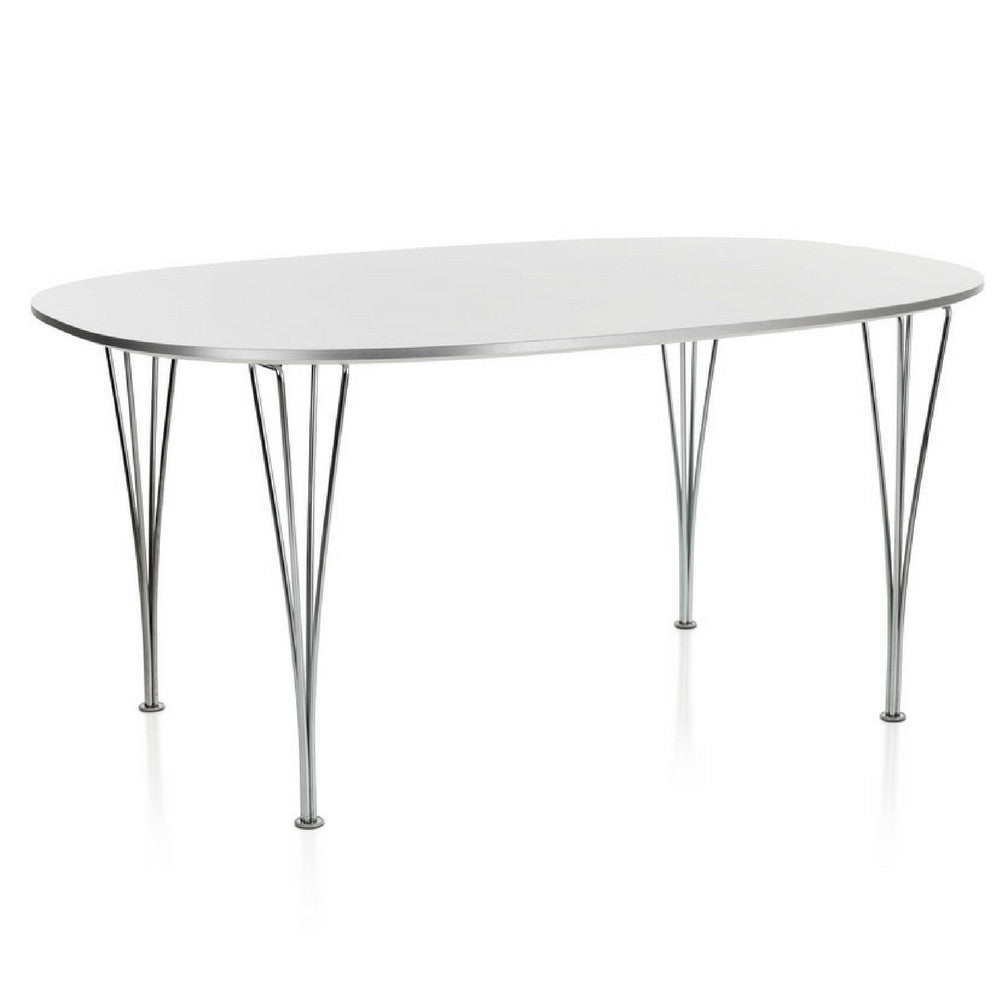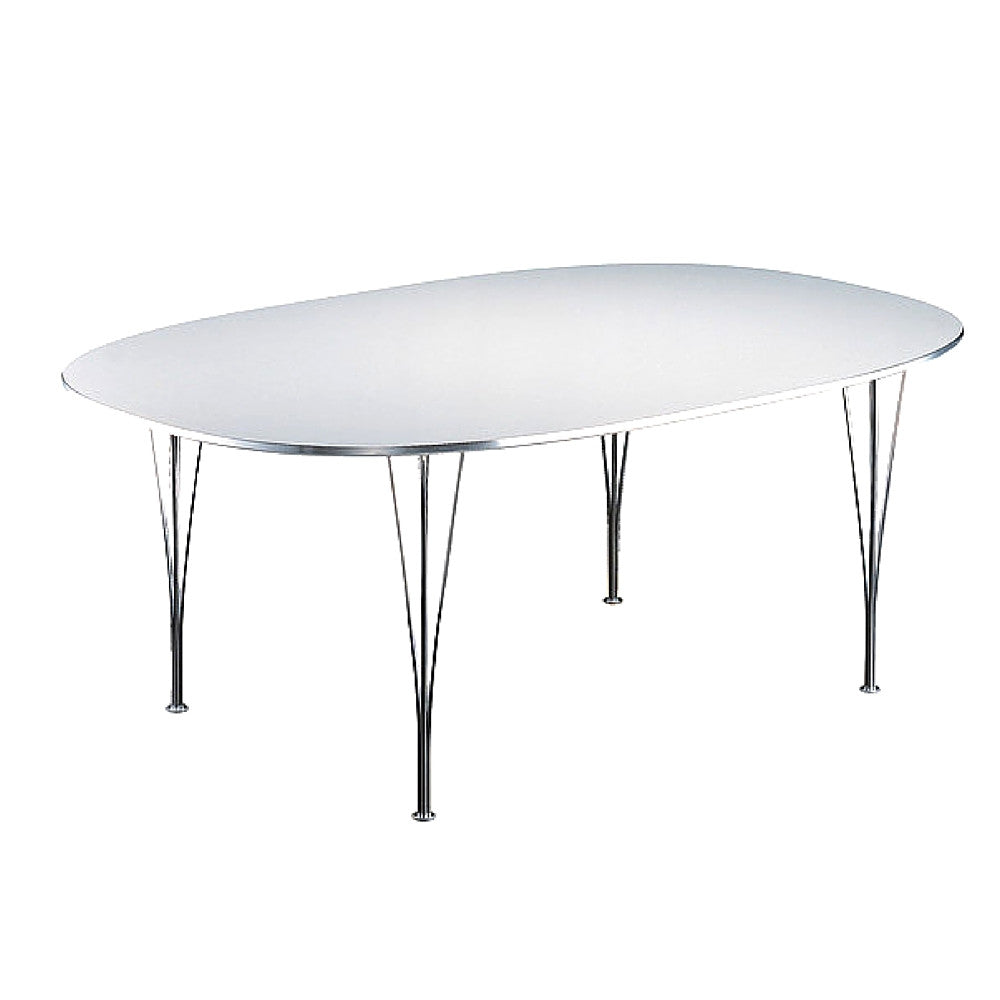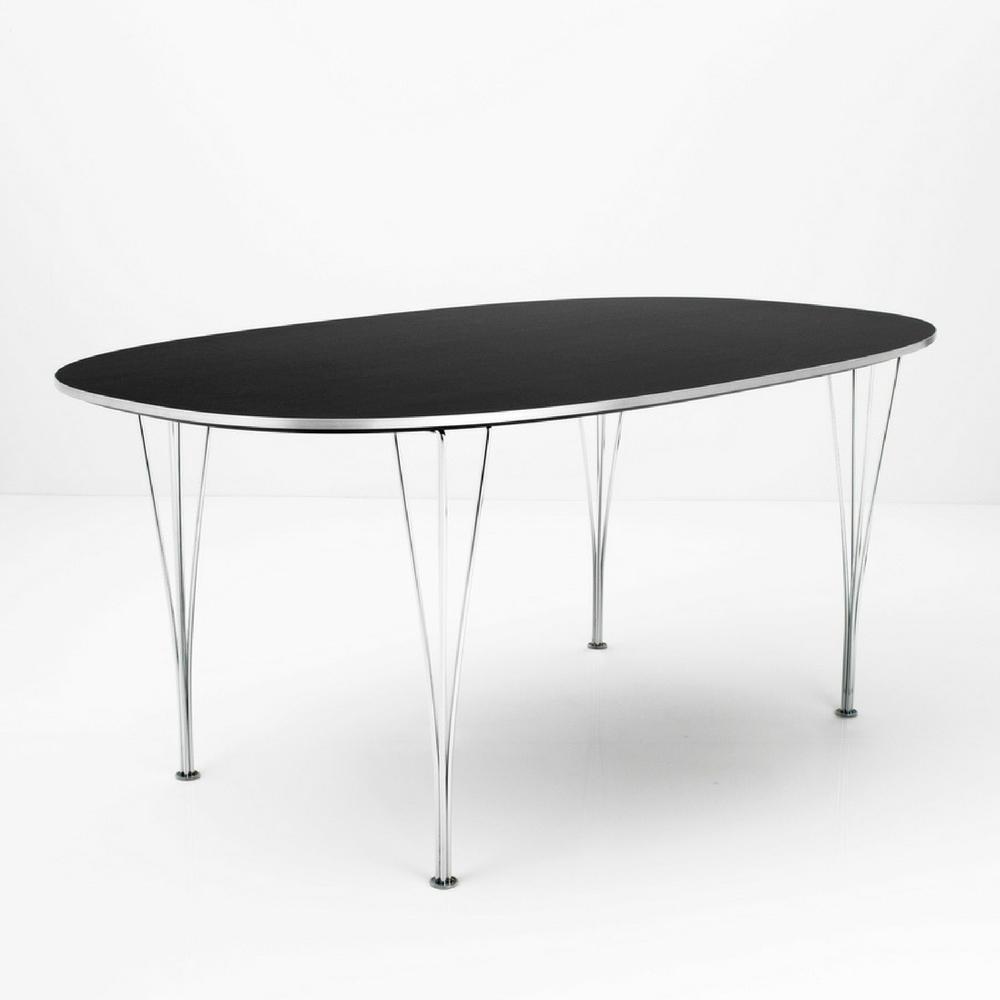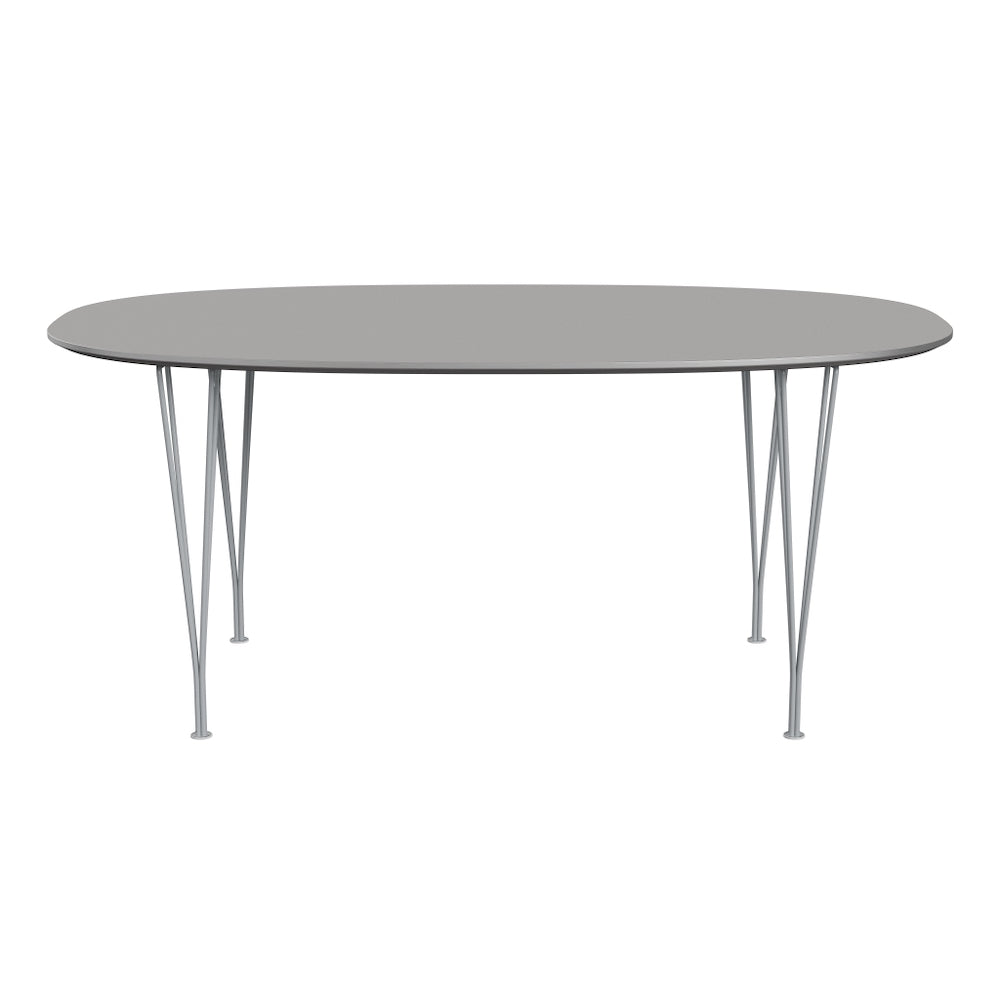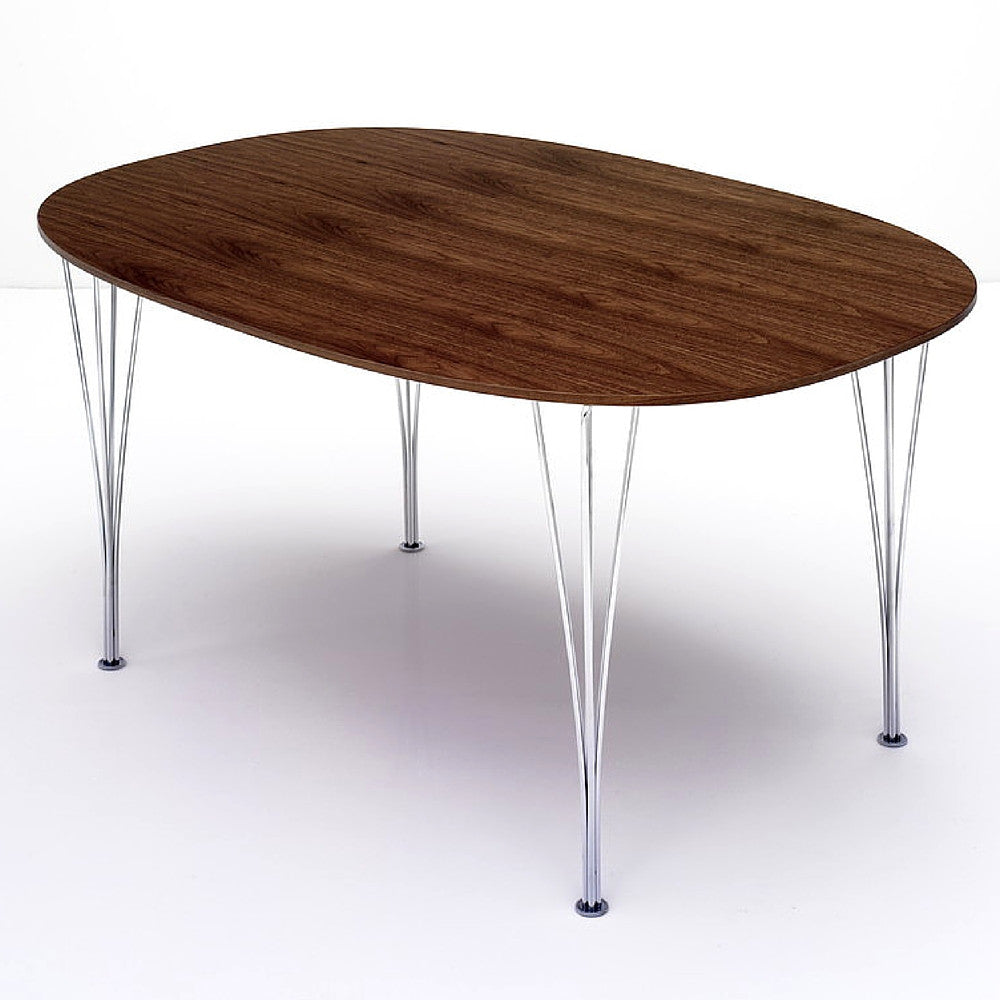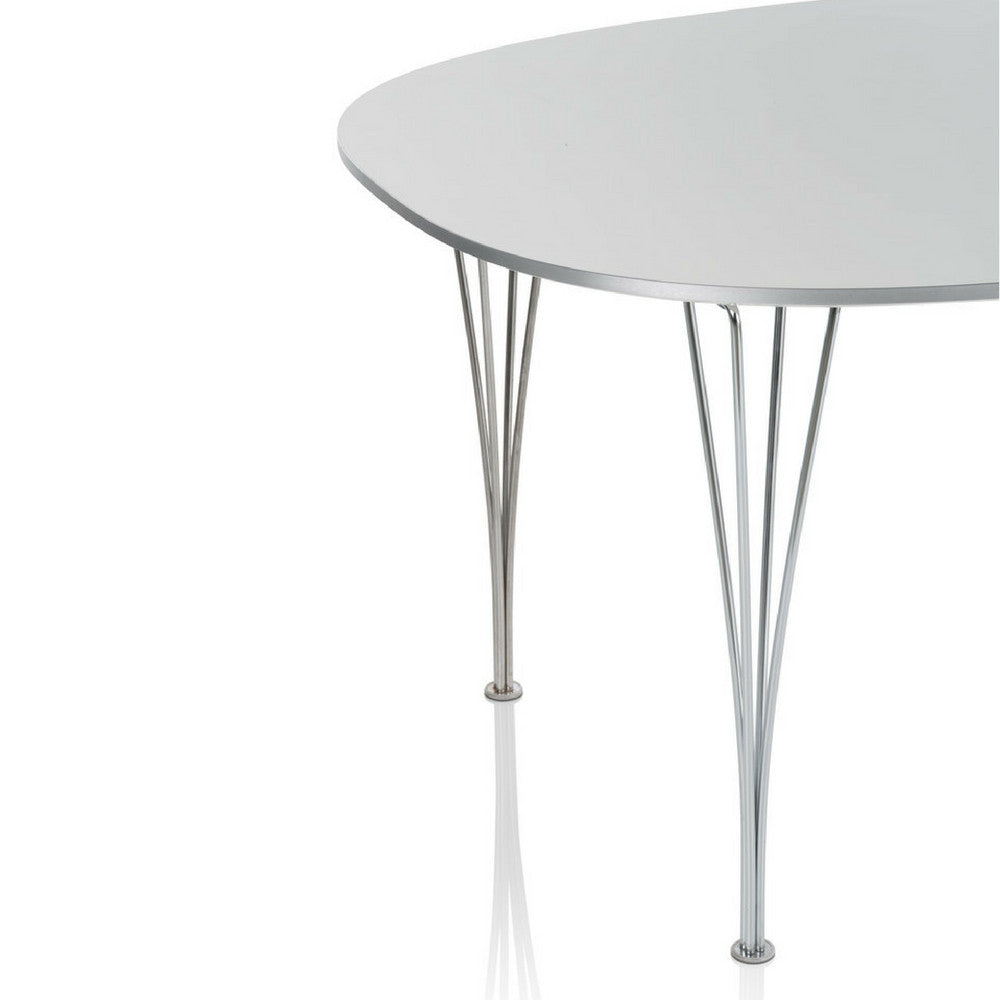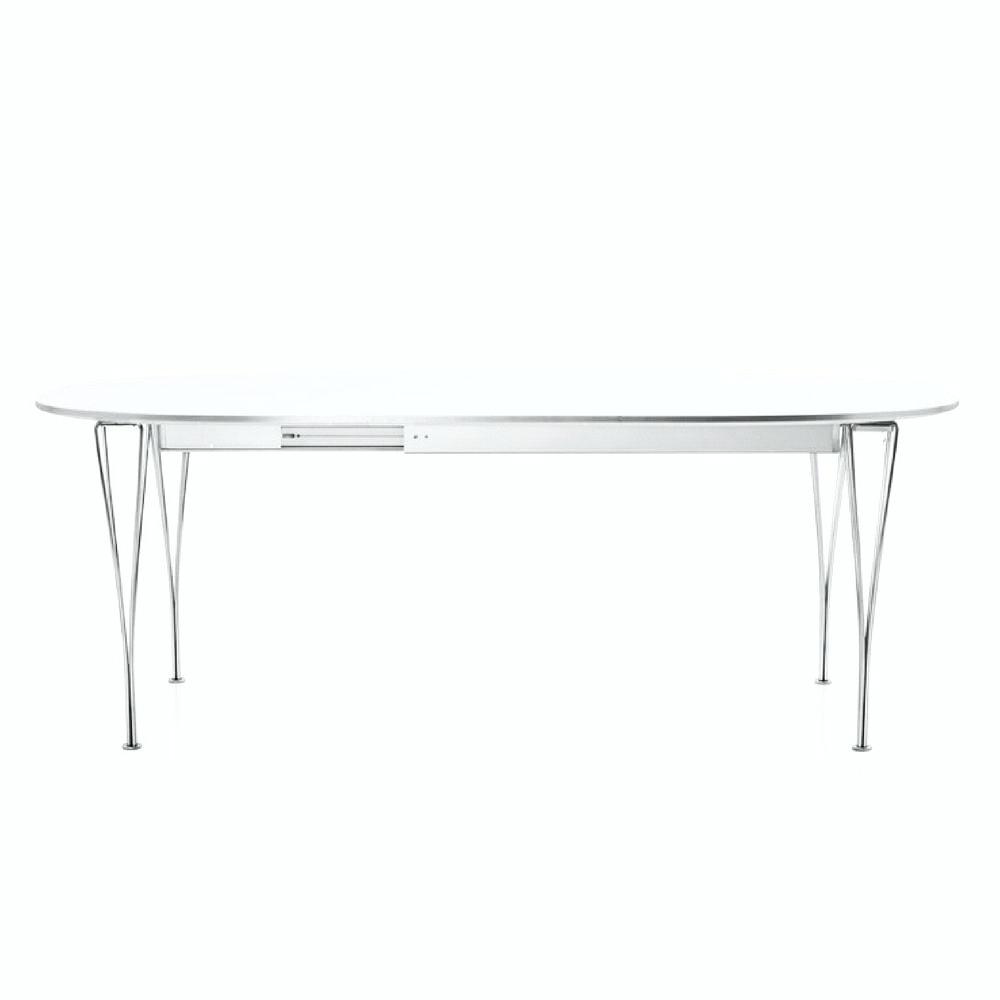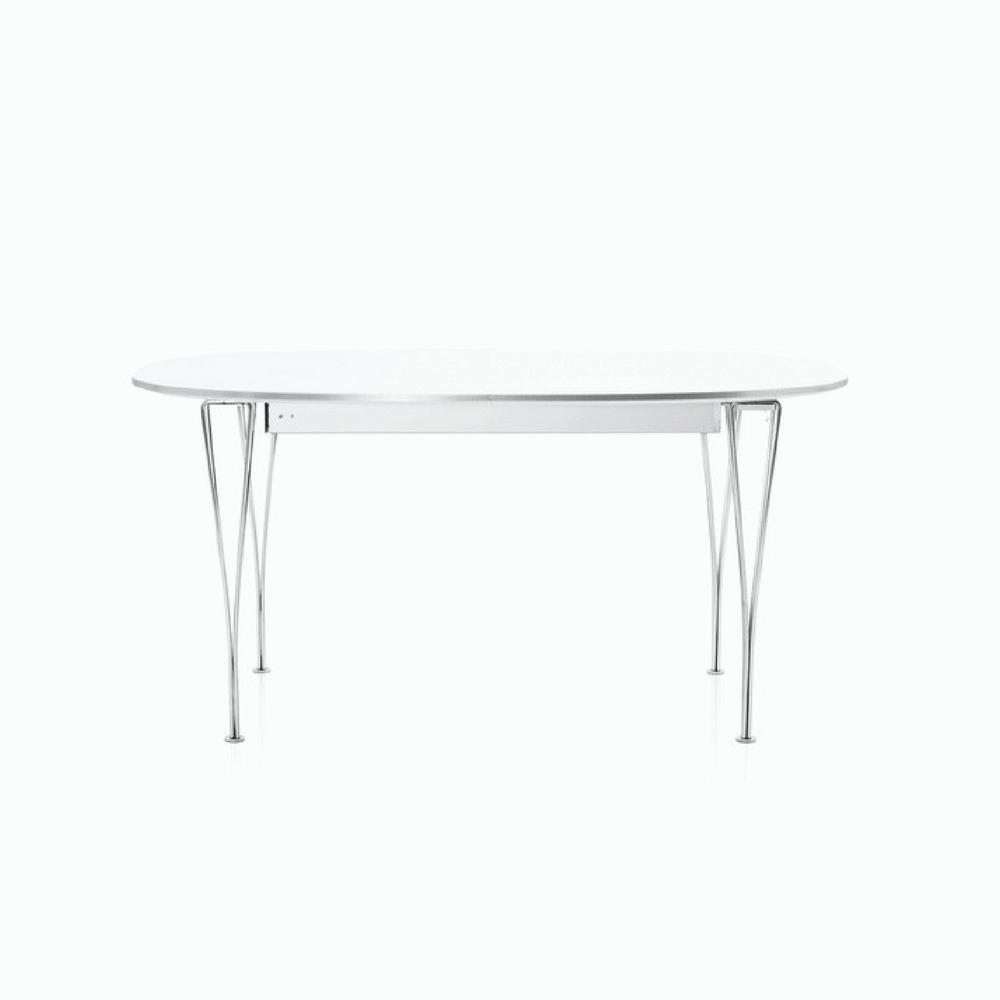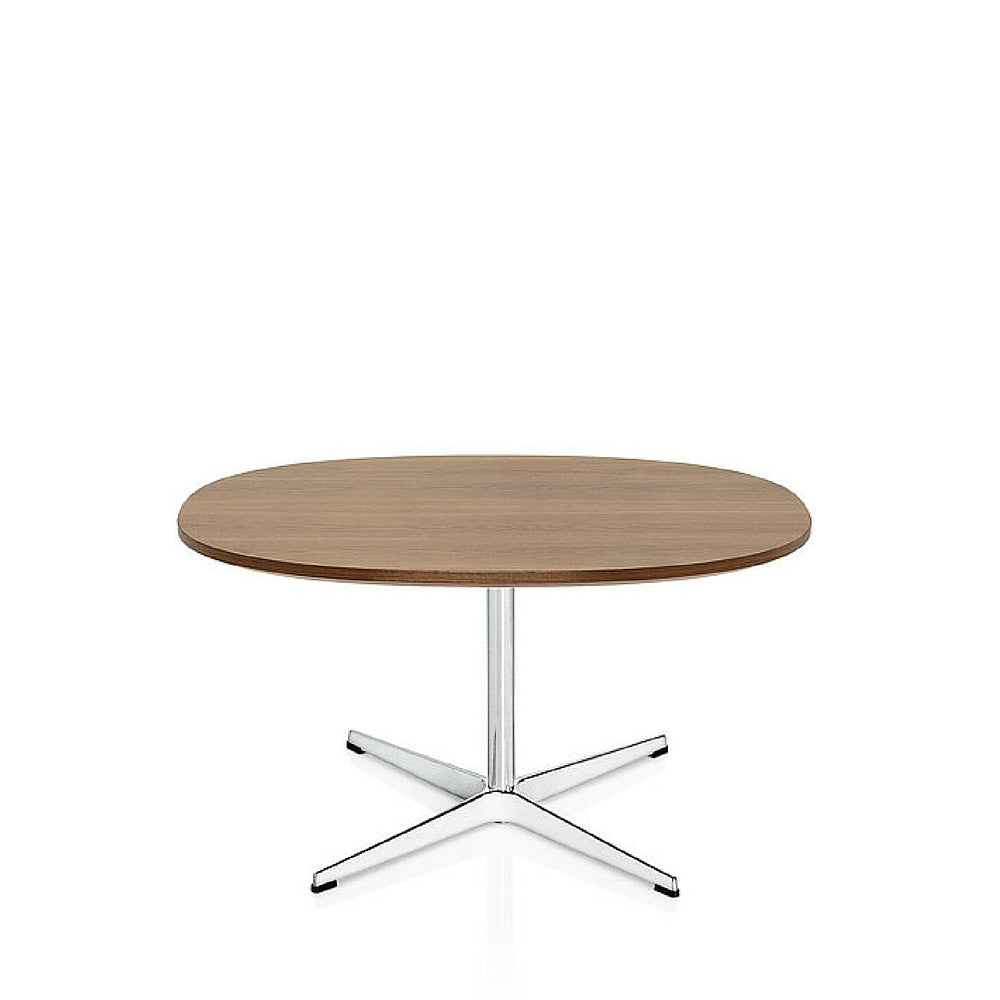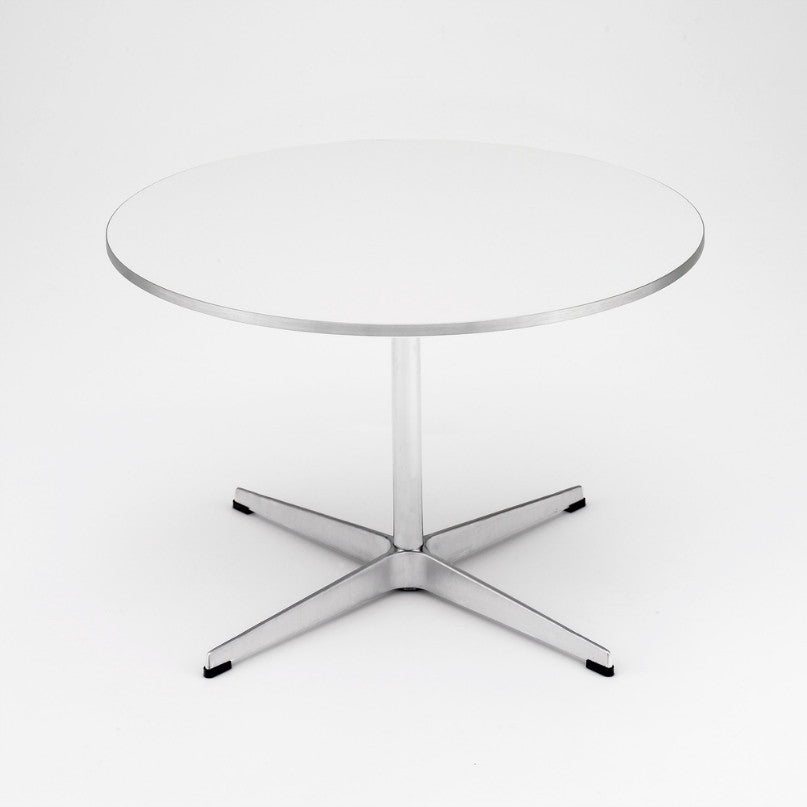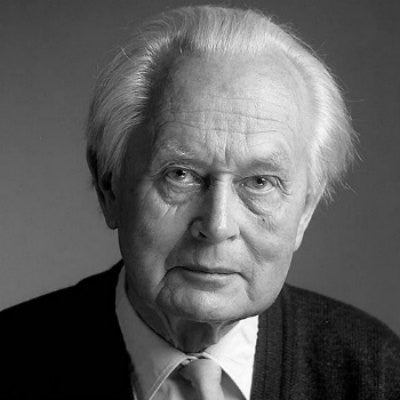
Piet Hein, 1905 - 1996
Piet Hein, a direct descendant of Piet Pieterszoon Hein, the 17th-Century Dutch naval hero, was born in Copenhagen. He studied at the Institute for Theoretical Physics of the University of Copenhagen (later to become the Niels Bohr Institute), and Technical University of Denmark. Yale awarded him an honorary doctorate in 1972.
Hein was a rational idealist, philosopher, poet, and mathematician who, in his own words, "played mental ping-pong" with Niels Bohr in the inter-War period.
After Liberation, Scandinavian architects, tired of square buildings but cognizant that circular buildings were impractical, asked Piet Hein for a solution. Applying his mathematical prowess to the problem, Piet Hein proposed to use the superellipse, which was first used for Sergel’s Square in Stockholm and later became a hallmark of modern Scandinavian architecture.
In addition to the thousands of poems or "grooks" he wrote, Piet Hein devised multiple math games and advocated the use of the superellipse curve in city planning, furniture making and other realms. He also invented a perpetual calendar called the Astro Calendar and marketed housewares based on the superellipse and superegg.
In cooperation with the Swedish designer, Bruno Mathsson, Piet Hein later used his signature shape for the Superellipse Table Series, which Fritz Hansen put into production in 1968.

